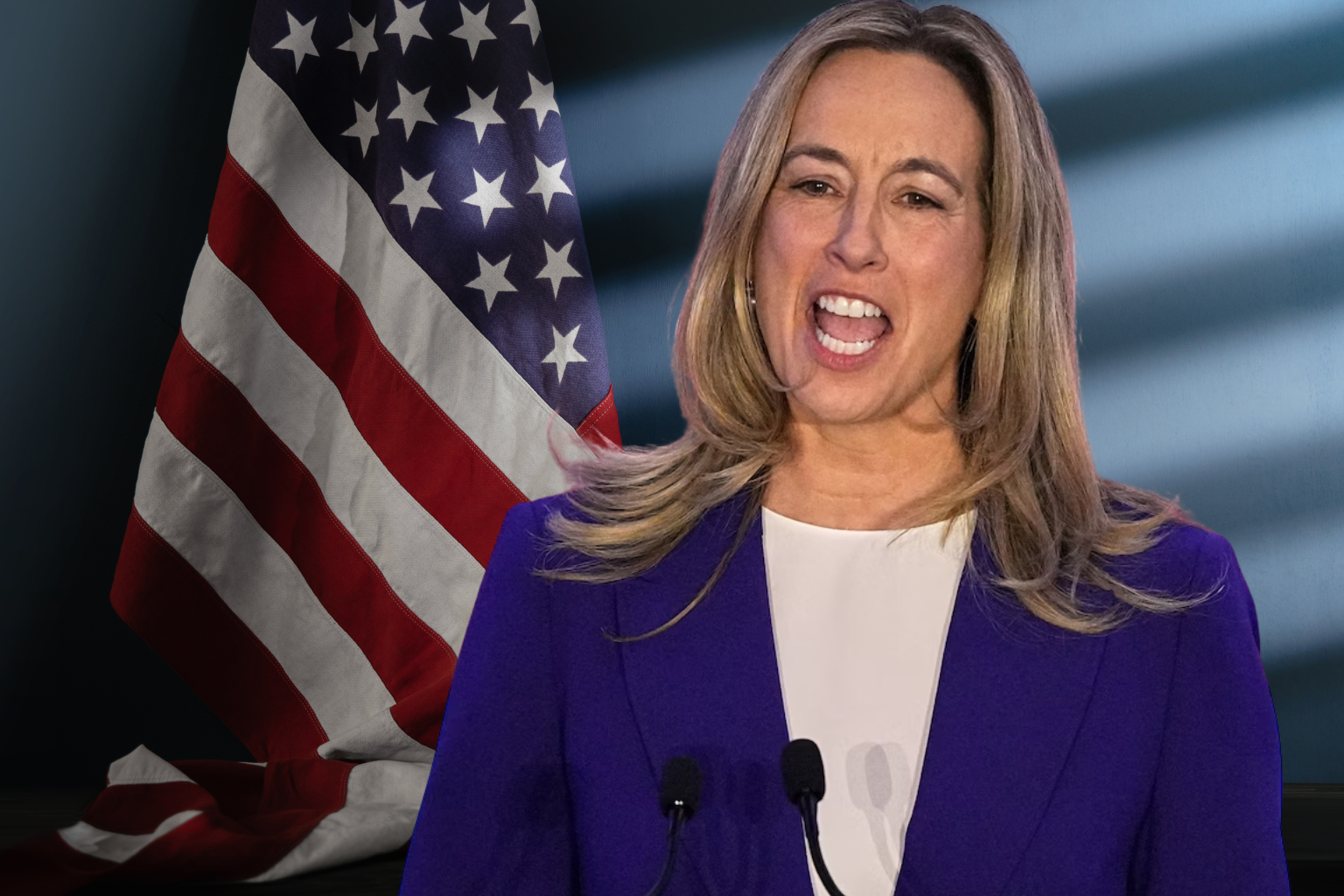Sherrill Maintains Narrow Lead in New Jersey Governor Battle, But Republican Base Shows Stronger Fire

Democrat Mikie Sherrill leads Republican Jack Ciattarelli by a modest but steady margin in one of the nation’s most closely watched governorships. Quinnipiac University backed Sherrill 50% and Ciattarelli 44%. Since prior polls, the 6-point lead has decreased, keeping the contest competitive.
Fan energy is high in this match. It may boost voter turnout that 91% of Ciattarelli’s followers are thrilled about their decision. Sherrill’s supporters are 86% enthusiastic, but fewer are “very enthusiastic.”
Voter demographics suggest a gender gap. Sherrill leads women nearly twice as Ciattarelli leads men. New Jersey’s large independent vote could change the outcome.
More transit and education policy advocates like Sherrill. Voters trust her to run schools and transit better than Ciattarelli. Ciattarelli does better on economic concerns because more respondents trust him to build New Jersey’s economy and lower property taxes. Candidates’ public safety ratings are balanced, indicating communal security.
Character and background sway voters. Potential voters rate Sherrill 45% more honest than Ciattarelli 38%. Nearly half of voters think Sherrill understands them, compared to 41% for Ciattarelli.
Military duty is Sherrill’s forte. Her Navy pilot background makes her popular (61%). Though less so, her prosecutorial and congressional experience influences opinions. Most voters weren’t influenced by Ciattarelli’s state politics and business expertise.
Last run, both campaigns stress voter outreach and turnout. TV advertisements, rallies, and national endorsements attract supporters for both sides. Analysts believe enthusiasm might sway an off-year election in a state with unpredictable participation.
The dynamics indicate New Jersey’s political landscape is changing beyond this contest. Historically Democratic, the state is becoming increasingly competitive, making statewide elections unpredictable. This election might affect party strategies and voter turnout for years.
Between October 9-13, Quinnipiac University questioned 1,327 potential New Jersey voters with a 3.6 percent margin of error.
Sources
Quinnipiac University poll release
NJ101.5 polling summary
Newsweek analysis




